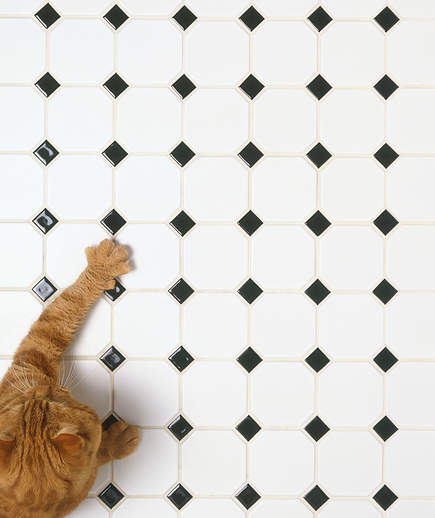 Follow my blog with Bloglovin
Follow my blog with Bloglovin
If your house is anything like mine, it seems like your kitchen floor is always dirty. Kids, pets, and well…the adults too…all take their toll. But mopping can be a serious pain in the rump, which is why I don’t mop as often as I should! So when your kitchen floor is screaming for some TLC, here’s how to get it clean and get on with your day.
1. Laminate
Laminate is popular because it looks like wood but doesn’t share the same maintenance requirements. Lucky for you, today’s laminate floors are tougher than ever. Really, you just need to be careful about over-wetting the floor or letting water get underneath the planks. Try dry mopping for vacuuming first (on the tile/hard floor mode) then clean with a mop that’s just damp…not sopping wet. Also, never use polish as it will make your floors extra slippery and may damage them.
2. Hardwood
Hardwood flooring usually has either a wax or polyurethane finish. If you’re not sure which you have, take your finger and rub it across the floor. If you see a smudge, it’s probably a wax finish. To clean your urethane-sealed wood floors, mix 1/4 cup of mild soap that’s pH-neutral (look for a cleaner specifically for hardwood floors) with a bucket of water, then use your favorite mop. Don’t use vinegar solutions because they can dull the finish over time. As with laminate, mop with a damp (not wet) mop. Microfiber is a great option to get any excess moisture off the floor.
If you suspect your floor is a wax finish, you’ll want to keep even damp mops off the floor. In this case, just sweep or dust-mop regularly.
3. Linoleum
Real linoleum flooring is made from linseed oil, resin, limestone, wood fiber, and cork dust. Mix up a soapy bottle of hot water with a few drops of dish soap, and spray one section of a time with your damp microfiber mop. It should be air-dry almost immediately, but if it begins to feel sticky, give it another go with a clean, dry cloth.
4. Vinyl
Vinyl flooring is becoming more popular these days. Vinyl tile is especially popular with people who want a great-looking floor on a budget. After sweeping, mix 1/4 cup vinegar in a 16-oz spray bottle with a drop of dish soap. Fill the rest with warm water, and spritz the floor as you go with a damp microfiber mop.
5. Stone
When cleaning a stone floor, you must be careful about using anything acidic, as well as ammonia and bleach. Instead, clean your stone floors with a pH-neutral, non-chelating stone cleaner and follow package directions. 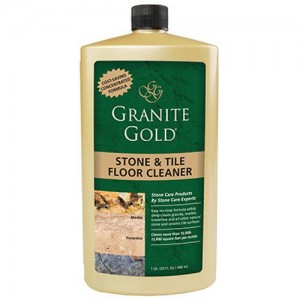
6. Porcelain Tile
Tile floors stand up great to water and different cleaners. The best way to clean your tile is with a similar mix as you would use on vinyl: 1/4 cup vinegar and 1 drop dish soap, in a 16 oz bottle of warm water.
7. Are You Mopping The Right Way?
Did you know that there is a “correct” way to mop? Seriously! The folks over at A Creekline House will show you all that you need to know!
8. A Greener Method
If you’re concered about the amount of chemicals in your home, you can rest assured knowing that your floor cleaner is chemical free! HGTV has more green cleaning tips,as well as a great DIY recipe to make your own cleaner!
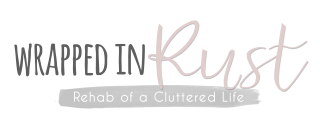

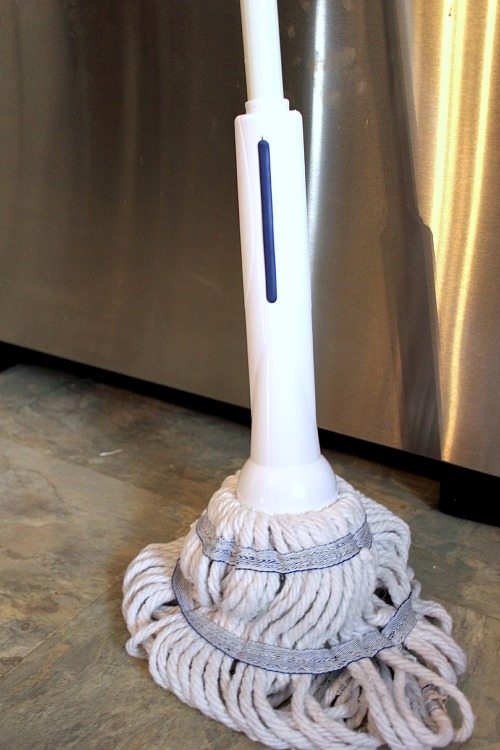
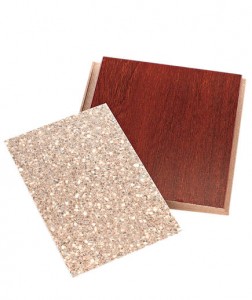
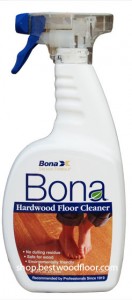
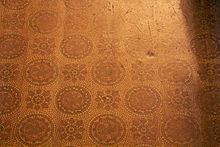
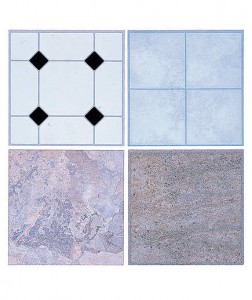
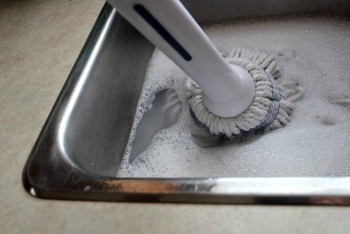
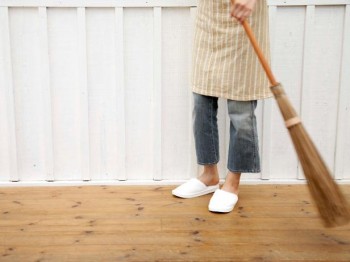
Cleaning lady was just here today and does a hands and knees job for me. I am very lucky to have her.